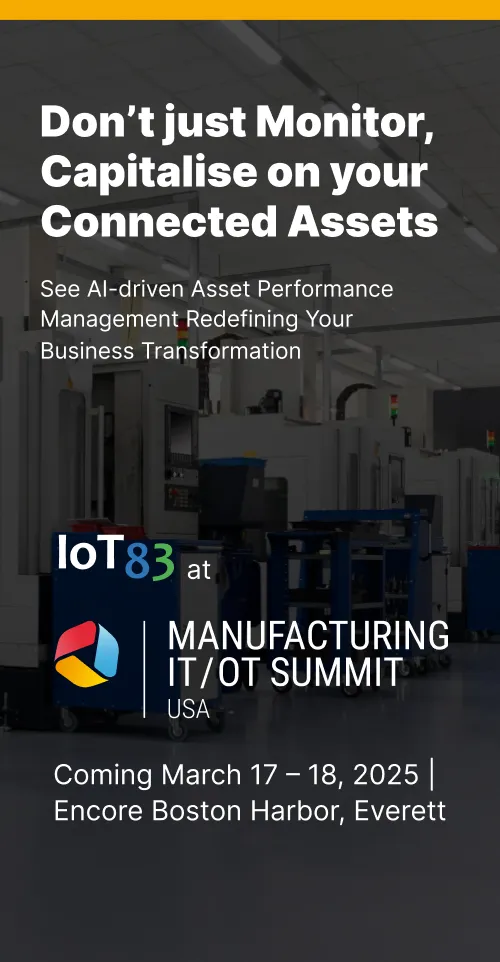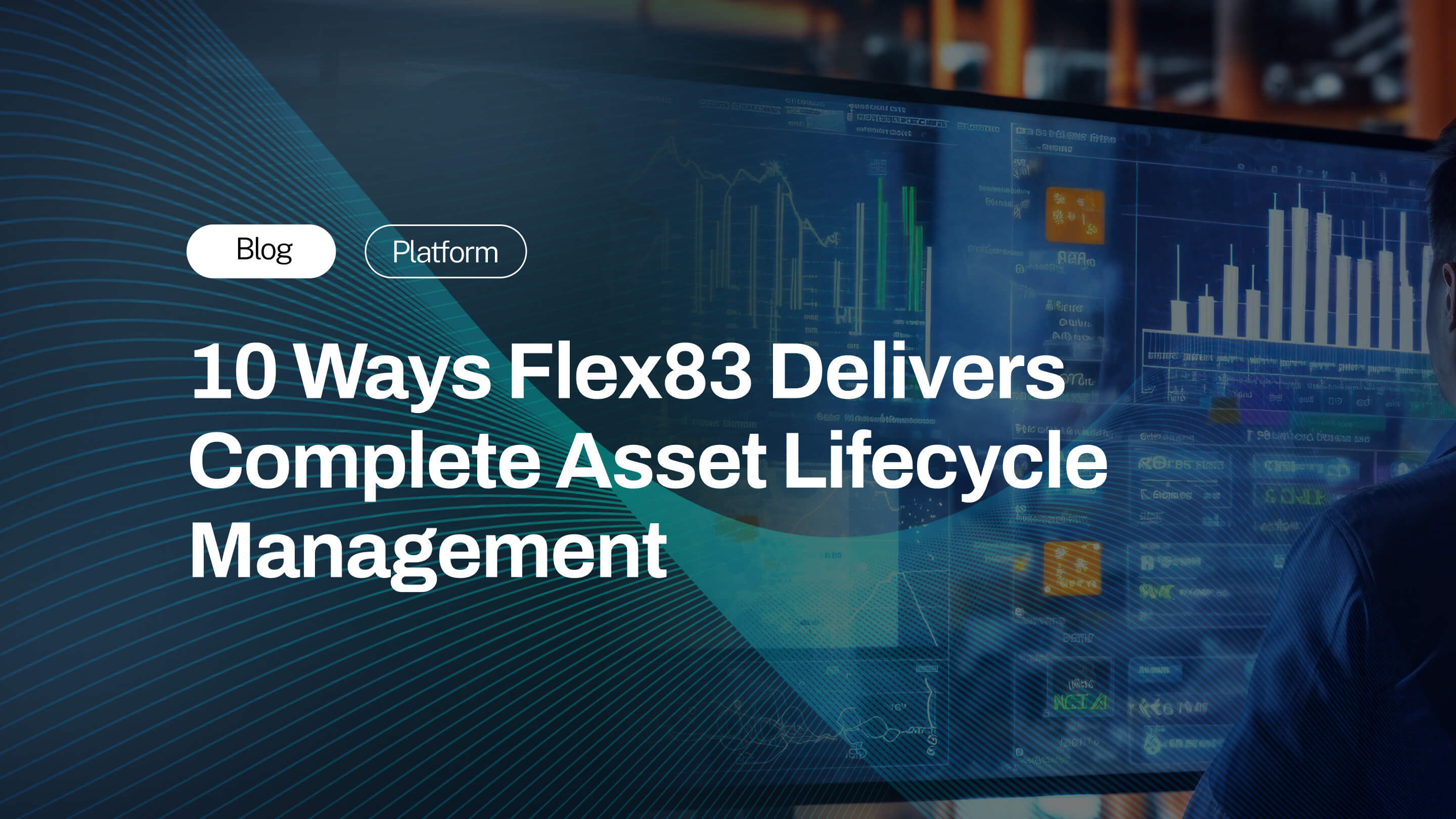The expansion of customer-centric business models is becoming a highly immersive factor in the success of product-based companies, boosting their revenue growth and profitability. Businesses can explore ample opportunities with advancements in digital technologies such as IoT and data analytics coupled with AI/ML-based models to build a servitized business model. They can create more value and achieve a better competitive edge with product-as-a-service and focus on the right business transformation approach.
Servitization is a transformative approach integrating services with products to create comprehensive solutions. Equipment-as-a-Service (EaaS) is a key enabler of servitization in the industrial sector. By shifting from a product-centric model to a software with hardware approach, the EaaS strategy for enabling servitization can help Enterprises reach out to the end-users directly, fulfilling the customer expectations with the help of valuable usage data acquired.
In this article, let's explore the concept of servitization, the emergence of XaaS, and how Enterprises can offer subscription-based equipment models.
Servitization refers to transforming Enterprises from solely product-focused businesses to service-oriented enterprises. This involves integrating services with traditional product offerings, such as maintenance, support, and performance optimization. By adopting servitization, Enterprises enhance customer value, build stronger relationships, and create new revenue streams. It leverages Operational Technology (OT) and Industrial IoT to offer predictive and preventive maintenance as tailored solutions. The benefits of servitization include improved customer satisfaction, differentiated market positioning, and consistent revenue. Servitization enables Enterprises to meet evolving market demands, providing comprehensive solutions rather than just physical products, thereby fostering long-term business growth and customer service excellence.
EaaS: Anything as a Service
Equipment-as-a-Service (EaaS) is a business model where enterprises monetize hardware through digital services. This model offers recurring revenue for enterprises and allows their customers to access advanced machinery without the large upfront costs, transforming CapEx into OpEx. EaaS includes maintenance, repairs, and upgrades, ensuring equipment remains optimal with reduced downtime.
To enable EaaS, enterprises need to leverage industrial IoT led business model transition where device/sensor data is converted into valuable equipment usage metrics––allowing them to establish the subscription system. Enterprises can establish customer service excellence, product differentiation, and take complete advantage of consumer-usage data and behavior. EaaS transforms traditional sales into a service-oriented relationship, aligning enterprises with advanced technological disruptions.
Why EaaS and the Industry Perspective
The industrial sector is increasingly recognizing the benefits of EaaS. Here’s why:
- Cost Efficiency: Customers can avoid the high upfront costs associated with purchasing equipment and instead spread payments over time.
- Operational Flexibility: EaaS allows businesses to scale their operations more easily, as they can adjust their usage based on demand without being tied to long-term investments.
- Access to Latest Technology: EaaS ensures that customers enjoy the latest technology and optimal performance through continuous maintenance and periodic updates.
- Focus on Core Competencies: Enterprises can concentrate on their core needs and workflow by outsourcing equipment management, enriching overall productivity.
Different EaaS Models
Why Are Businesses Now Aggressively Adopting EaaS?
Enterprises are increasingly adopting EaaS for several reasons:
- Steady Revenue Streams: EaaS transforms one-time sales into recurring revenue, providing more predictable cash flows.
- Enhanced Customer Service Execellence: Offering comprehensive solutions fosters deeper customer relationships to increase loyalty.
- Market Differentiation: EaaS sets businesses apart from competitors who only offer traditional sales models.
- Data Insights: Continuous monitoring and maintenance services provide valuable data that can be used to improve products and services.
How Ready is Your Organization for EaaS Adoption?
We have developed a readiness assessment to help your business evaluate its preparation for EaaS and identify areas for improvement:
1. Determine Readiness Dimensions: Assess the critical dimensions and sub-dimensions for your business based on Process, People, Organization, Technology & Data, and Partners.
2. Measure Current State: Evaluate your organization’s current state in each sub-dimension.
3. Assess Maturity Levels:
- Identify Key Personas: Include executives, representatives from various functions, customers, and vendors.
- Conduct Interviews: Gather insights from key personas.
- Administer Surveys: Use questionnaires to assess readiness in each dimension/sub-dimension.
4. Identify Improvement Areas: Highlight focus areas for short-term and long-term strategies.
5. Set Milestones and Plan Implementation: Establish milestones and develop a detailed implementation plan.
How Can an AEP Approach Help?
Flex83, an AIOT Application Enablement Platform (AEP) provides two essential components: Flex Platform and Flex Core, enabling enterprises to incorporate the vital business transformation.
Flex Platform helps Enterprises to build their custom Industrial IoT application(s) using pro-code offerings. Data Handler, Backend and Frontend SDKs, Design Libraries and Components helping them build the custom business logic of their applications by building a lightweight backend service with minimal lines of code.


This transformation isn't merely about creating additional revenue streams; it's about ensuring business continuity, gaining competitive advantage in market share, and effectively navigating technological disruptions for long-term strategy and growth in the evolving industrial landscape.
Conclusion
EaaS is revolutionizing how businesses and their customers map value. By adopting EaaS, OEMs and Enterprises can create steady revenue streams, boost customer service excellence, and outperform the competition. With a strategic approach and the right technological support, enterprises can successfully onboard the required business model transition.






.jpg)

%20(1).jpg)


